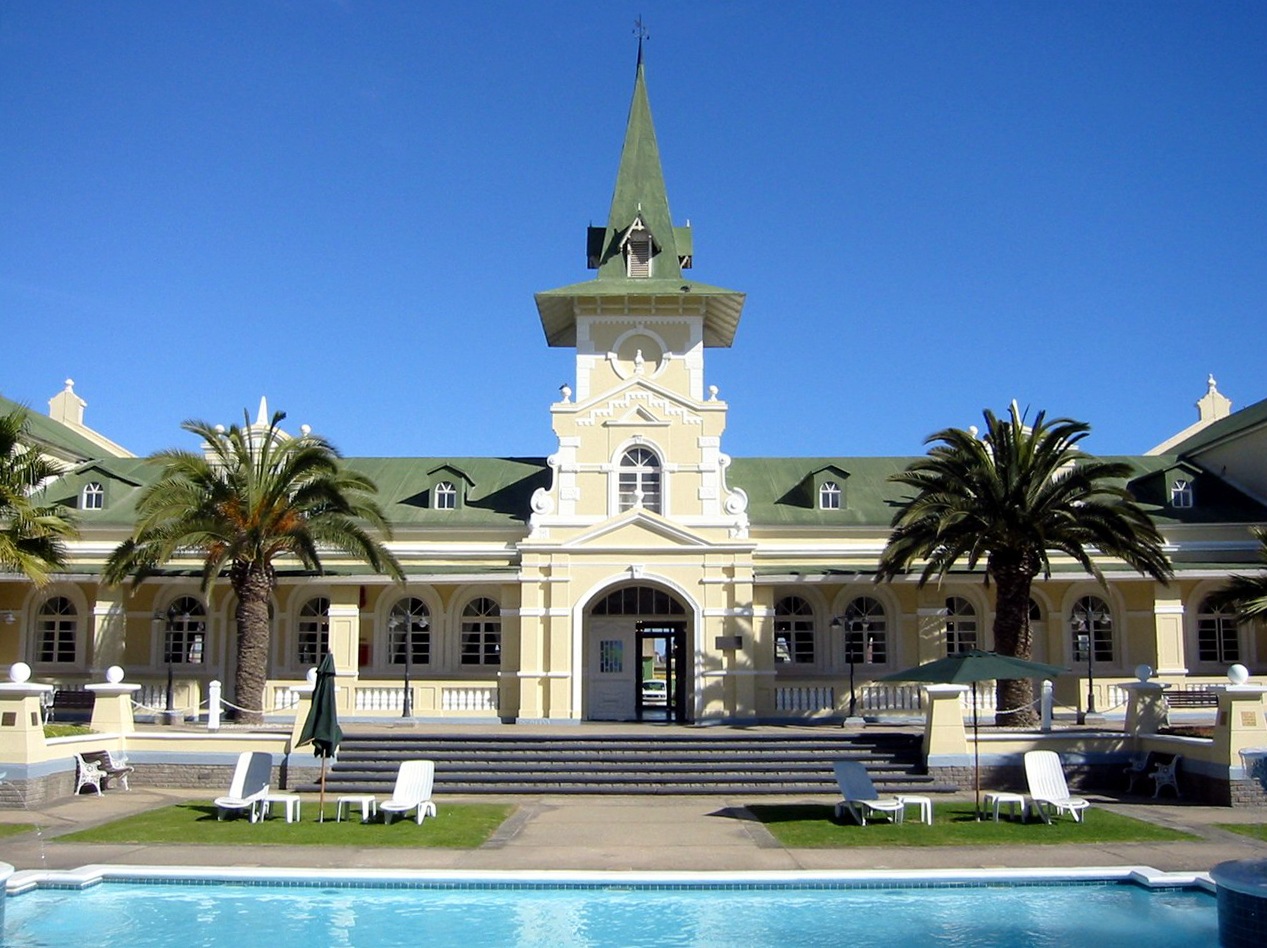Wilhelm Sander on:
[Wikipedia]
[Google]
[Amazon]

 Wilhelm Sander (10 December 1860, in Berlin – 22 November 1930, in
Wilhelm Sander (10 December 1860, in Berlin – 22 November 1930, in

 Wilhelm Sander (10 December 1860, in Berlin – 22 November 1930, in
Wilhelm Sander (10 December 1860, in Berlin – 22 November 1930, in Lüderitz
Lüderitz is a town in the ǁKaras Region of southern Namibia. It lies on one of the least hospitable coasts in Africa. It is a port developed around Robert Harbour and Shark Island.
The town is known for its colonial architecture, includi ...
) was a master architect
An architect is a person who plans, designs and oversees the construction of buildings. To practice architecture means to provide services in connection with the design of buildings and the space within the site surrounding the buildings that h ...
and contractor working for Sander & Kock known for his work in German South West Africa
German South West Africa (german: Deutsch-Südwestafrika) was a colony of the German Empire from 1884 until 1915, though Germany did not officially recognise its loss of this territory until the 1919 Treaty of Versailles. With a total area of ...
, today's Namibia
Namibia (, ), officially the Republic of Namibia, is a country in Southern Africa. Its western border is the Atlantic Ocean. It shares land borders with Zambia and Angola to the north, Botswana to the east and South Africa to the south and ea ...
.
Sander studied Civil engineering in Höxter
Höxter () is a town in eastern North Rhine-Westphalia, Germany on the left bank of the river Weser, 52 km north of Kassel in the centre of the Weser Uplands. The main town's population is around 15,000, and with outlying centres, about 30,0 ...
, Germany. He worked in Berlin before joining the German Colonial Society for South West Africa (''Deutsche Kolonialgesellschaft für Südwestafrika'') and repatriating to German South West Africa in 1901.
One of his first works were the Swakopmund Railway Station, built in 1901, and the Swakopmund Lighthouse (1902). Also in Windhoek
Windhoek (, , ) is the capital and largest city of Namibia. It is located in central Namibia in the Khomas Highland plateau area, at around above sea level, almost exactly at the country's geographical centre. The population of Windhoek in 202 ...
, his buildings today are all famous landmarks. The three castles of Windhoek, Heinitzburg
Heinitzburg (originally ''Heynitzburg'', ''Heinitz' castle'') is one of the three castles in Windhoek, Namibia
Namibia (, ), officially the Republic of Namibia, is a country in Southern Africa. Its western border is the Atlantic Ocean. It ...
, Schwerinsburg and Sanderburg, are what he is best known for here but he also built the Gathemann and Erkrath buildings and was involved in the erection of the Tintenpalast. Sander also designed Duwisib Castle near Helmeringhausen, the German Lutheran church in Keetmanshoop
Keetmanshoop is a city in the ǁKaras Region of southern Namibia, lying on the Trans-Namib Railway from Windhoek to Upington in South Africa. It is named after Johann Keetman, a German industrialist and benefactor of the city.
History
Bef ...
, and many others.
Wilhelm Sander was married twice: 1910 to Paola née Eck and 1921 to Else née Fröbel. He moved to Lüderitz in 1922, where he stayed until his death in 1930.
References
{{DEFAULTSORT:Sander, Wilhelm 19th-century German architects German emigrants to Namibia White Namibian people Colonial people in German South West Africa 1860 births 1930 deaths Artists from Berlin Namibian architects 20th-century German architects